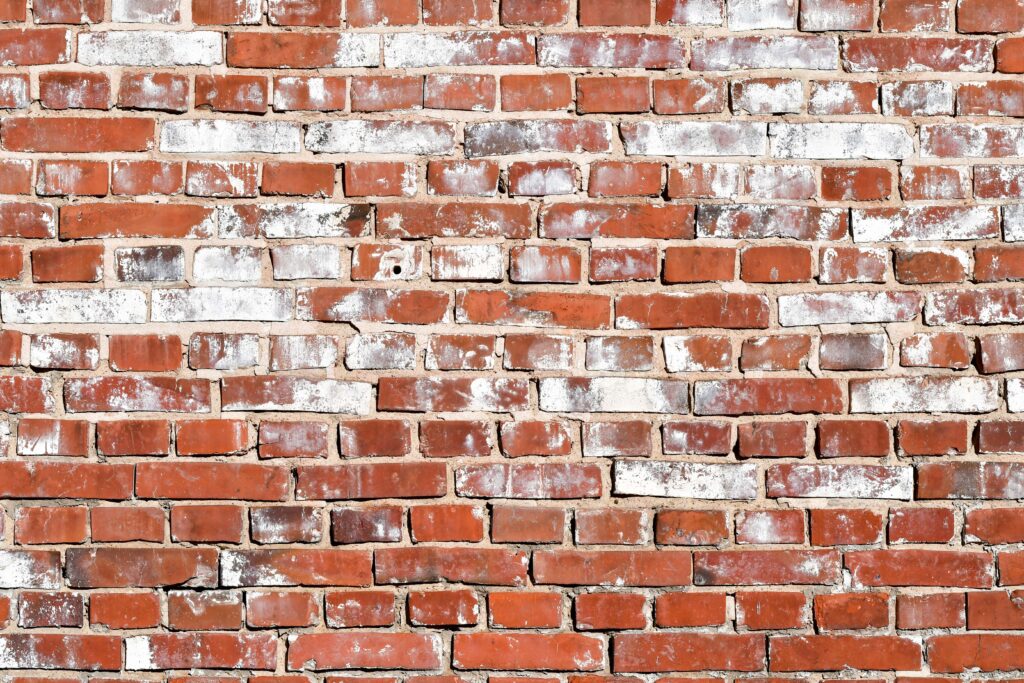Brickwork can look amazing when done correctly, but over time degradation can make once beautiful looking work an eyesore. Learning how to do brickwork repairs isn’t too difficult on a basic level, and can keep a structure schmick, and also safe for years to come. While many people might prefer to hire a brick contractor to do complex jobs, the basics can be done by most competent people.

Some things to watch out for in your brick structure are creeping cracks, and degraded mortar.
Most common kinds of cracks occur from shifting over many years in a building’s foundations, and often if you are at this point then it’s a good idea to get an expert opinion to make sure you aren’t dealing with something more significant. If you have a brand new brick build and you are already seeing cracks (within the first 7 years) then get that checked out as well, because a dodgy build outside of the 7 year warranty is a money pit.
Cracks can also extend when not stopped, as the crack will often continue along the course of bricks if the source of forces being exerted on the bricks isn’t resolved in brickwork repairs work. If you don’t properly diagnose the issues in the building structure, then you could end up spending a fortune on irrelevant crack repairs, and render repairs, only to discover that the issue was an improperly supported wall.
Degraded mortar is common in brick buildings with lime mortar, and this is present in nineteenth century buildings in Australia. The classic Victorian Era townhouses used lime mortar to bind the bricks together. When exposed to the elements long enough, or enough poorly done renovations then the mortar degradation can be so significant as to actually affect the fundamental structure of a building. There have in fact been a few cases in which significant mortar repairs have had to be completed prior to renovations due to the possibility of building shift.
Cracks are often repaired using a method called reappointing, this is basically just removing the old mortar, and replacing it with new mortar. If you have some minor cracks to repair on your own house, you can use a screwdriver, or a basic power tool to remove the mortar.
After you have removed the old mortar, match the new mortar (make sure it is the same colour) mix some new mortar in a bucket, just enough for the area that you are doing, and push it into the brickwork using a trowel, making sure to pack it in tightly so that there are no gaps. Keep wet during the brickwork repairs work, and make sure it doesn’t crack after the completion of the work from over drying.
If you make any mistakes, and get mortar all over the place, then there are various cleaners that you can get at Bunnings to remove the unwanted work. Just watch out, because a lot of the cleaners have dangerous chemicals in them, so read the instructions carefully and wear safety gear at all times.
If you are dealing with anything on a commercial property with a strata, and you are an employed handyman, or building manager, then we would recommend contacting a remedial builder for brickwork repairs, as you could unintentionally be doing surface level repair work on something that is more structurally significant. These repair jobs that you do could interfere with diagnosing the problem visually and delay the use of the correct measures.

Something to watch out for when dealing with brickwork repairs and many renovations is silica dust, make sure you wear at least a P2 mask, have an adequately ventilated area, and also that your dust isn’t going into someone else’s lungs. This can also be offset a little with a workshop vacuum cleaner, just place it nearby and get it to suck up the dust as you go to work. Even better get someone to hold it for you. Wear eye protection as well, because those small grains in the mortar can tear your eyes up. Also don’t be afraid to use a bit of water spray if required, in order to keep the dust down. Just make sure you don’t clog your vacuum with the forming clay like material.
If you are in need of some professional help please contact us here at Bolt Building. Here are some of the repairs, including brickwork repairs, that we cover.
Repointing
Mortar crack repairs
Brick crack repairs (brickwork repairs)
Damaged stonework
Damaged brickwork
Damp issues
Water penetration issues
Installing cavity lintels
Installing Dpc trays or Dpc trays in new or existing buildings
Installing air bricks or weep vents in new or existing buildings
Chimney repairs/ demo and rebuilds
Replacing damaged bricks or stone
Common lime mortar failure that would need brickwork repairs happens from:
Frost
Weak ratio mix
Use of poor quality lime
Contaminated Sand
The presence of soluble salts in sand
Insect tunneling
Ivy or other climbing plants
Common Sand Cement Failure
Contaminated sand
Ivy growth into mortar
Weak ratio mix
Frost
https://fixmybrick.ca/the-ultimate-guide-to-brick-and-concrete-repairs/
http://www.jhbrickwork.co.uk/repair-making-good.html
https://www.yourhome.gov.au/materials/brickwork-and-blockwork
https://www.yourhome.gov.au/buy-build-renovate/repairs-and-maintenance
https://training.gov.au/(S(orqc5ilepd1yyplnabgbcrkd))/Training/Details/PMC552091B